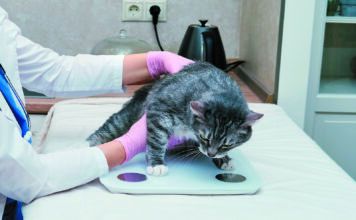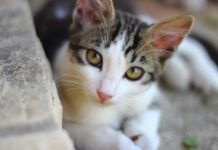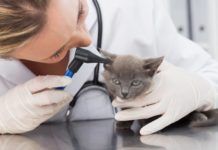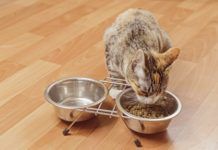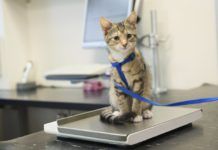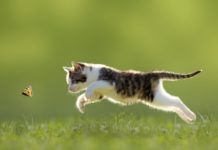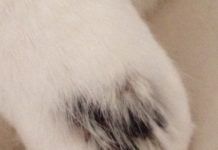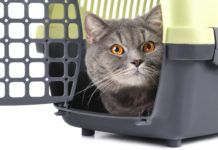Feline Hemophilia
The eight-month-old kitten was referred to Tufts because he was bleeding excessively after being neutered. This type of reaction was not normal, leaving veterinarians at Cummings School of Veterinary Medicine at Tufts University briefly puzzled - and concerned.
Feline Blood Types Lack Universal Donor
Cats have three major types of blood: A, B and AB. Since cats have naturally occurring antibodies against blood types other than their own, there is no such thing as a universal cat donor, explains Elizabeth Rozanski, DVM, Associate Professor of Emergency and Critical Care in the Department of Clinical Sciences at Cummings.
Ear Infections in Cats
Although most cats will go through life without experiencing significant auditory problems, owners should be aware that various ear conditions can be extremely painful and may, if unrecognized and untreated, compromise a cats hearing. These conditions include, for example, congenital structural defects, physical trauma and obstructive growths within the ear, such as polyps and tumors.
Dear Doctor December 2014
Ask the doctor - Can a cat suffer a concussion?; separating siblings because of a move; acne and plastic
Research that may help human eye diseases
Research for eye diseasesAccording to researchers at the University of Missouri and UC Davis, mutations in the cat genome correlate to two human eye diseases. The project - called 99 Lives Cat Genome Sequencing Initiative - involved the sequencing and studying of the genes of 99 cats.
Abnormal Weight Loss in Cats
Although obesity is a major and persistent feline health problem, with an estimated 40 percent or more of cats living in U.S. homes significantly or grossly overweight, owners should also be aware of the many and frequently severe hazards associated with its opposite - significant weight loss over a brief period of time.
What is Cobalamin Deficiency?
Recently, Lemon - a 14-year- old spayed female domestic shorthaired cat - presented to my cat hospital for weight loss and inconsistent appetite. One day she would eat normally. The next day, she would unenthusiastically pick at her food. I asked her owner if Lemon was also showing increased thirst and urination; but I was told no - that her thirst and urination were normal.
Feline Pain Management
Stub your toe, bump your head or cut your thumb while peeling an apple, and youre apt to give out a yell that will let the world - or at least the other members of your household - know that youre in pain. When it comes to dealing with pain, however, cats simply arent like that.
Diagnosis: Patellar Luxation
Anyone who has watched a cat use his strong legs to leap into the air or climb a tree can attest to their extraordinary athletic ability. But what happens if a cats joints - specifically the knees - do not function properly? This is the case for cats with patellar luxation, or dislocated kneecaps.
Dear Doctor January 2015
Ask the doctor - A Returning Growth; Safe Outdoor Excursions; Heart Murmurs
Potential new test for feline kidney disease; mammary cancer
A new biomarker called SDMA may be able to provide earlier identification of chronic kidney disease in cats - one of their leading causes of death - according to researchers from Oregon State University and IDEXX Laboratories.
FLUTD Surgery for Male Cats
Usually, it happens all of a sudden. Your male cat goes from being able to urinate normally to not being able to pass a single drop of urine. Other times, the condition becomes progressively worse over a couple of days. The cat starts straining to urinate and becomes very anxious or depressed, with an accompanying loss of appetite.

